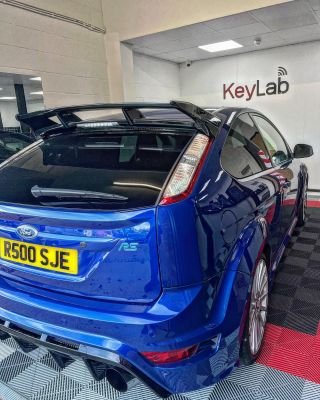The Evolution of the Renault Key Card
The hands-free cards are a crucial element of every Renault car. It's as big as a credit card that is standard and has numerous buttons to control the car.
Initially thought of as a device worthy of 007, this small object - which is smaller than a credit card - is one of the most innovative Renault innovations. It has revolutionized how we use automobiles.
Hands-free Card: A Short Introduction
The hands-free card, as many other inventions that changed the way that people drive cars, was created to solve one specific issue. In this instance it was due to the fact that once a driver gets into their car, they have to hit the door handle to unlock the doors. This was a hassle and often caused people to lose their vehicle, or worse it caused them to lock themselves in their car!
Bernard Dumondel, the product director of Laguna II had an idea to solve this issue. He realized that they could use the key card to activate a variety of functions, and he determined that the hands-free function was the most efficient.
The first hands-free card was small and simple - a minimalistic plastic case with an electronic core that was programmed so that it would always communicate with' the vehicle which it was linked. When the card is close to the vehicle, it emits a radio signal containing an access code. The car detected this and if it was right, unlocked the doors.
The card with the hand-free option also had a micro-transmitter that allowed users to trigger the horn and lights remotely. This is useful in emergencies or to draw attention when an automobile is parked in a parking spot that is in a way that is illegally. The button also allowed the owner to start the engine.
Hands-free Card Evolution
Since their inception twenty years ago, hands-free cards have undergone constant changes - both on the outside and inside. It's now considered a "car-passport as it contains important information about the car including its serial number, registration numbers, information about the owner as well as equipment, mileage and tire pressure.
The hands-free card, concealed behind its minimalist plastic case, is programmed so that it can constantly "communicate" with the vehicle that it is paired. It sends an audio signal to the car, which checks that it is authentic and then opens the doors. This is done in less than 80 milliseconds, less than the blink of an eye.
Once you have the card in your pocket, it's possible to remotely activate your vehicle's systems.
Pressing button 4 turns on the interior lighting and dim headlights. This is useful if you need to leave the vehicle when it is dark or parked on a street where you are not sure exactly where your car is. The dipped beam will aid in identifying your vehicle from a distance if you are parked in a parking space. The battery on your hand-free card needs to be replaced after it has run out (see the section titled 'Related Products'). It is important to keep the card away from metal objects, since this could cause it to malfunction.
The Evolution of the Smart Access Card
Since its introduction, the hands-free cards have evolved to meet user needs. From Magstripe to Prox the smart access card has become more sophisticated and has expanded its capabilities. The form factor has also changed to accommodate the different uses of smart cards.
The latest smart card comes with built-in microprocessors that enable it to perform many functions. For instance, it could store security codes and decrypt data. These features offer greater security, and make it simpler to use. It can be used to purchase online, allowing users to enjoy the convenience and security of shopping without putting their personal data at risk.
In comparison to Magstripe and Prox, smart cards are more secure. Smart cards do not require an swipe to activate them. They also give more precise readings than traditional proximity cards. These features cut down on maintenance costs as well as increase efficiency for the user and administrative. There are many factors to take into consideration when deciding whether to upgrade a system to a smartcard including cost security, convenience, and convenience.

The Renault Captur smart card opens the doors, activates the rearview camera, and starts the engine. It can be used to control lighting and identify the car in a parking space.
The Evolution of Keyless Entry Systems
Keyless entry systems are becoming more sophisticated as time goes by. The cost of integrating this technology into cars has also gone down. They can decide to add keyless entry systems to their vehicles or purchase them.
The first keyless entry system was created in 1982 by equipment manufacturer Valeo and was referred to the "practical card". It worked similarly to a remote control, allowing users to lock and unlock their cars by pressing an icon on the card or on the door handle. This was a huge leap forward in terms of convenience and safety for car owners, as it didn't require them to physically hold a key in their hands.
In commercial buildings keyless entry systems are also used to protect sensitive information. Instead of using traditional locks to gain access into the building, employees can scan a badge, or punch a code. The technology also helps to prevent theft by logging who is entering and leaving at all times.
renault clio key fob can be an excellent method to increase security in rental properties. Tenants will often put a spare key away outside of the property. This poses a significant security risk to landlords because thieves are aware of this practice and can easily find the spare key. Keyless entry systems allow tenants to be informed when they enter or leave the property. They can also be disabled if someone attempts to enter the property without authorization.
